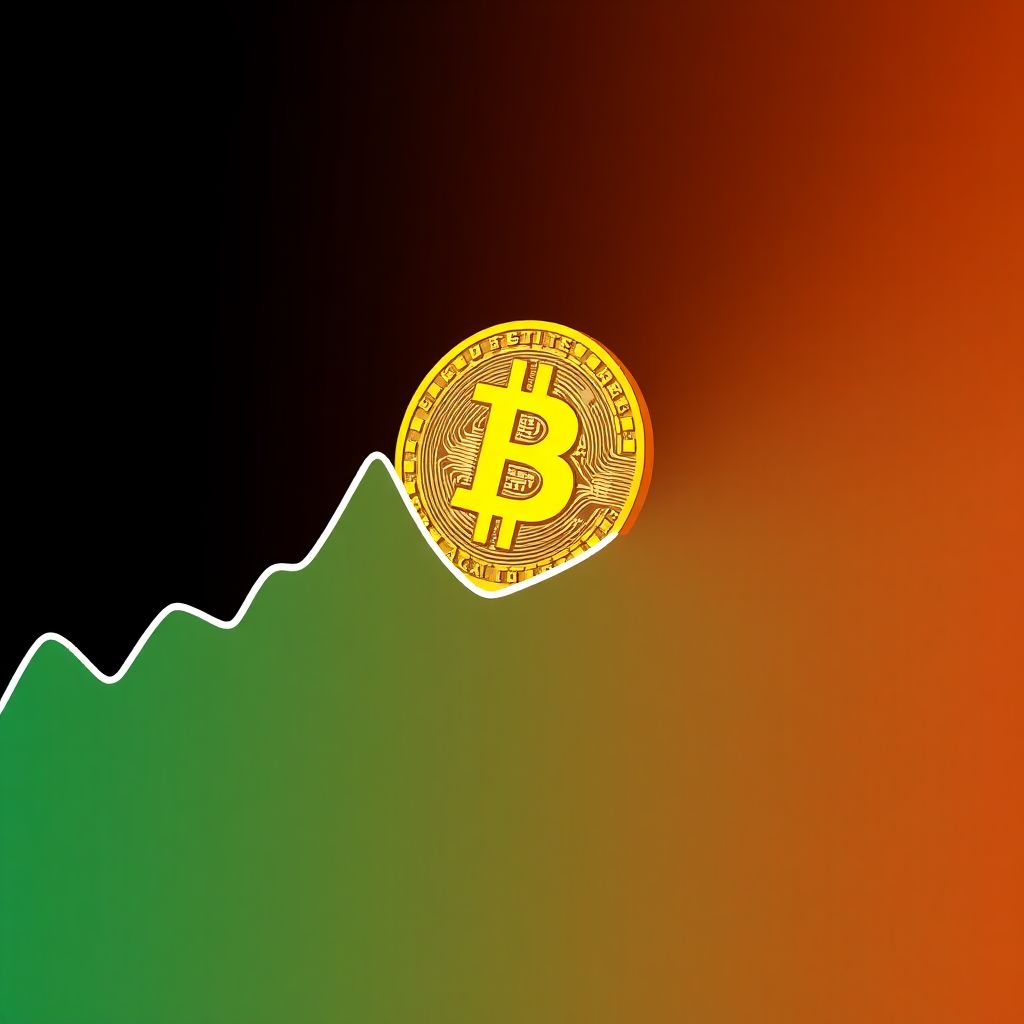Bitcoin long-term holders have historically taken advantage of bull markets to liquidate portions of their holdings, securing profits during price surges. This pattern has repeated itself across multiple market cycles. However, the current market dynamics suggest that something unusual is occurring this time around — and it may have major implications for the future trajectory of Bitcoin.
In recent weeks, Bitcoin’s price action has been volatile. After a turbulent October, the leading cryptocurrency stumbled into November, with prices briefly dipping below the psychologically significant $100,000 mark for the second time in a week. While temporary pullbacks are common, analysts are paying close attention to what’s happening beneath the surface — particularly the behavior of long-term holders (LTHs).
Julio Moreno, Head of Research at CryptoQuant, has provided fresh insights into the role of LTHs in the current market environment. According to Moreno, these seasoned investors have indeed been selling off portions of their holdings in recent weeks. But contrary to what some might assume, this isn’t out of the ordinary. Historically, long-term holders tend to sell during bull markets, capitalizing on elevated prices to lock in gains.
However, the key difference now lies not in the selling itself, but in the market’s response to it — or lack thereof. Moreno highlights that unlike previous cycles, current selling by LTHs has not been met with sufficient demand from new buyers. This imbalance is reflected in the metric known as “apparent demand growth,” which has turned negative.
Apparent demand growth refers to the net difference between the amount of Bitcoin being acquired and the amount being introduced into circulation via mining. When demand growth is positive, it indicates that more BTC is being bought than created, which typically supports price increases. In previous bull markets, LTH sell-offs were offset by strong buying interest — creating a healthy environment for price appreciation. But today, that demand cushion appears to be missing.
Charts shared by Moreno illustrate that while LTHs were actively selling during the all-time highs of early 2024 and late 2024, those periods were accompanied by strong apparent demand growth. This helped absorb the supply and pushed prices higher. In contrast, since October, LTHs have continued to sell, but demand growth has been shrinking — suggesting that new capital may be hesitant to enter the market at current valuations.
This shift in market dynamics could explain why Bitcoin’s price has struggled to gain traction despite historically bullish conditions. The lack of fresh demand may be a warning sign that the current rally lacks the foundational support to sustain itself over the long term.
Still, Bitcoin has shown resilience. At the time of writing, its price has rebounded to around $103,700, marking a 3% increase in the last 24 hours. While this short-term recovery is encouraging, analysts caution that without renewed demand growth, the upside may remain limited.
So, what could reignite demand and restore balance to the market?
One factor could be institutional participation. In past cycles, institutional investors have entered the market in force when Bitcoin broke major resistance levels. With the $100,000 mark now acting as a key psychological barrier, a sustained move above this level — supported by macroeconomic factors or regulatory clarity — could bring institutional buyers back into the fold.
Additionally, innovations in Bitcoin-related financial products, such as spot ETFs or improved custody solutions, could lower the barriers to entry for large-scale investors. As access becomes easier and more secure, the pool of potential buyers expands, increasing the likelihood of demand catching up with supply.
On the retail side, broader awareness and education about Bitcoin’s long-term potential could also drive adoption. As inflation concerns, currency devaluation, and geopolitical instability persist globally, Bitcoin is increasingly viewed as a hedge against traditional financial risks. This narrative, if reinforced by mainstream media and financial educators, could pull in new waves of retail investors.
Meanwhile, macroeconomic conditions will continue to play a crucial role. A favorable interest rate environment or signs of a slowing global economy could prompt investors to seek alternative stores of value — with Bitcoin benefiting as a result.
It’s also worth noting the role of miners in this equation. With hashprice — a measure of mining profitability — under pressure, some miners may be forced to liquidate their BTC holdings to cover operational costs. This could temporarily increase selling pressure, further affecting price action unless matched by demand.
Lastly, the upcoming Bitcoin halving event could shift the dynamics once again. Historically, halvings — which reduce the block reward for miners — have led to supply shocks that precede bull markets. If the halving coincides with renewed demand, it could set the stage for a stronger, more sustainable rally.
In conclusion, while long-term holders selling during bull markets is nothing new, the critical difference in this cycle is the absence of robust demand to absorb the supply. This imbalance is a key reason why Bitcoin’s price has faced headwinds, despite positive sentiment and recent recoveries. For a true breakout to occur, the market must see a return of demand — whether from institutions, retail investors, or macroeconomic catalysts. Until then, Bitcoin remains in a delicate balance, teetering between profit-taking from seasoned investors and cautious optimism from potential new entrants.

